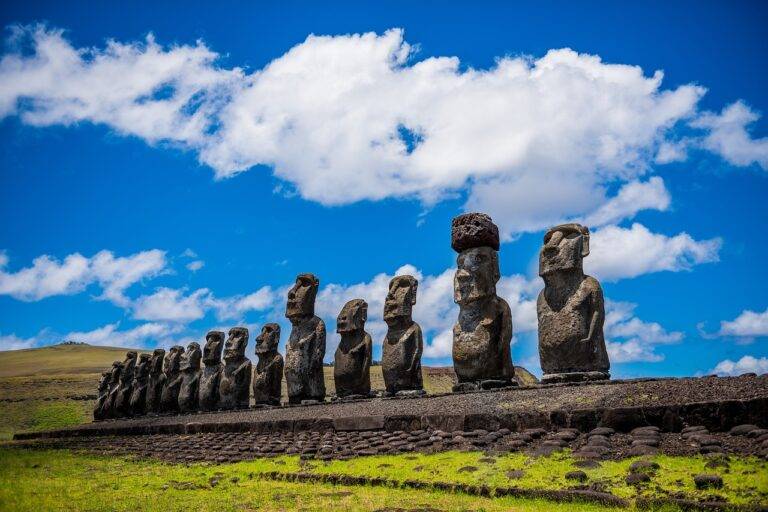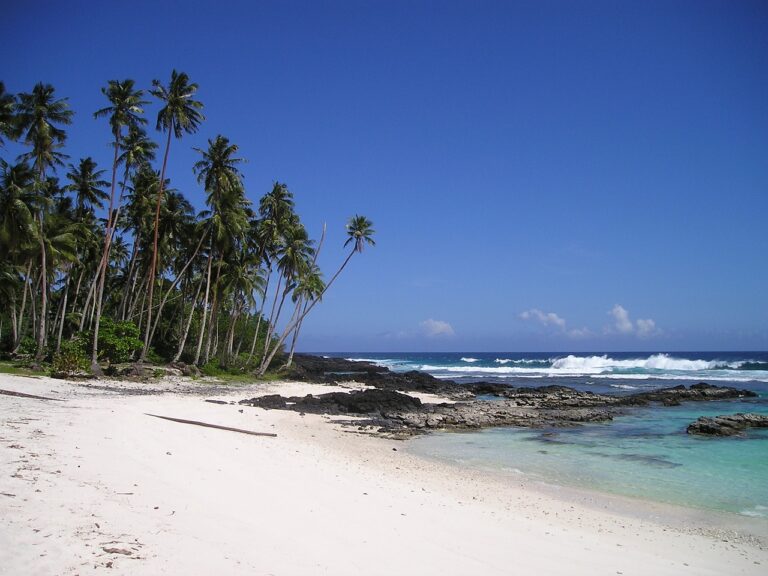Unraveling the Mystery of Ancient Mayan Ruins in Mexico
The ancient Mayan civilization thrived in Mesoamerica for over two millennia, from around 2000 BCE to the arrival of the Spanish conquistadors in the 16th century. Known for their advanced knowledge in astronomy, mathematics, and architecture, the Maya left behind a rich legacy of achievements that continue to intrigue scholars and visitors to this day.
The Mayan civilization was composed of city-states ruled by a hierarchical system of kings, nobles, priests, and commoners. Each city-state had its own unique political structure and engaged in trade, alliances, and occasional conflicts with neighboring territories. The Maya were also known for their intricate writing system of hieroglyphics, which has been deciphered in recent decades, shedding light on their religious beliefs, cultural practices, and historical events.
The Purpose of Mayan Ruins
Mayan ruins serve as a tangible link to the rich history and cultural heritage of the ancient Mayan civilization. These structures, whether majestic temples or intricate ball courts, were more than just architectural marvels. They were symbolic representations of the Mayan people’s beliefs, values, and way of life. The purpose of these ruins extends beyond mere physical remnants; they are portals to understanding the intricate societal structures, religious practices, and technological advancements of the Mayan civilization.
Furthermore, Mayan ruins were centers of community life and served as focal points for religious ceremonies, political gatherings, and cultural events. The carefully planned layouts and intricate carvings on the stone structures reflected the Mayans’ deep connection to their environment and cosmos. Each ruin tells a story of a sophisticated society that thrived in harmony with nature, and the purpose of preserving these sites is to ensure that future generations can appreciate and learn from the legacy of the Mayan civilization.
What was the significance of Mayan ruins?
Mayan ruins serve as a reminder of the once-thriving civilization of the Mayans, showcasing their impressive architectural and engineering skills.
What was the purpose of building these ruins?
The Mayans constructed these ruins for various purposes, including religious ceremonies, astronomical observations, and as centers of political and economic power.
How were Mayan ruins used in daily life?
Mayan ruins served as places of worship, commerce, and governance, playing a crucial role in the daily lives of the Mayan people.
What can we learn from studying Mayan ruins?
By studying Mayan ruins, we can gain insights into the culture, beliefs, and societal structure of the ancient Mayan civilization.
Are Mayan ruins still important today?
Yes, Mayan ruins continue to be significant cultural and historical landmarks, attracting tourists and researchers from around the world.





